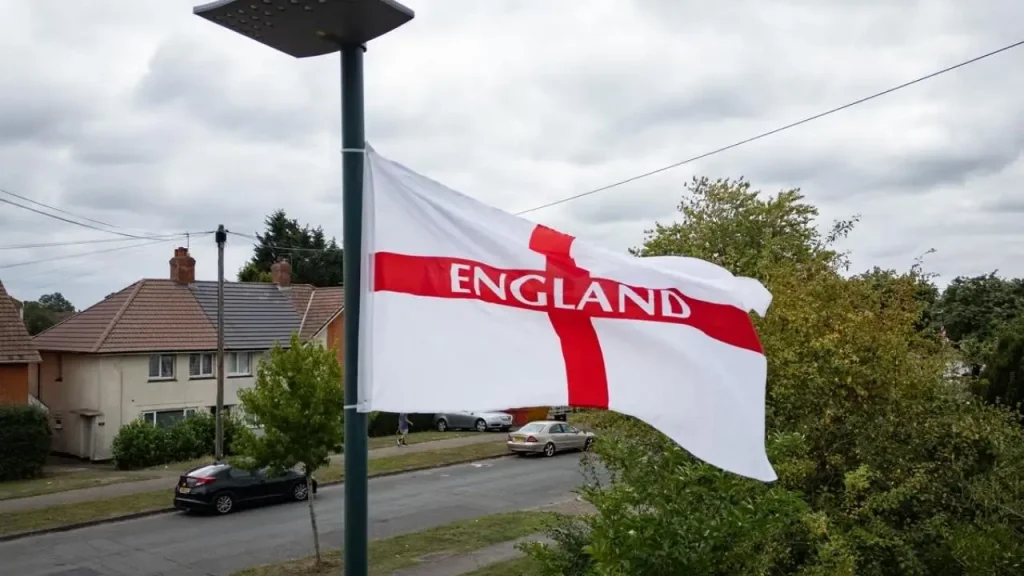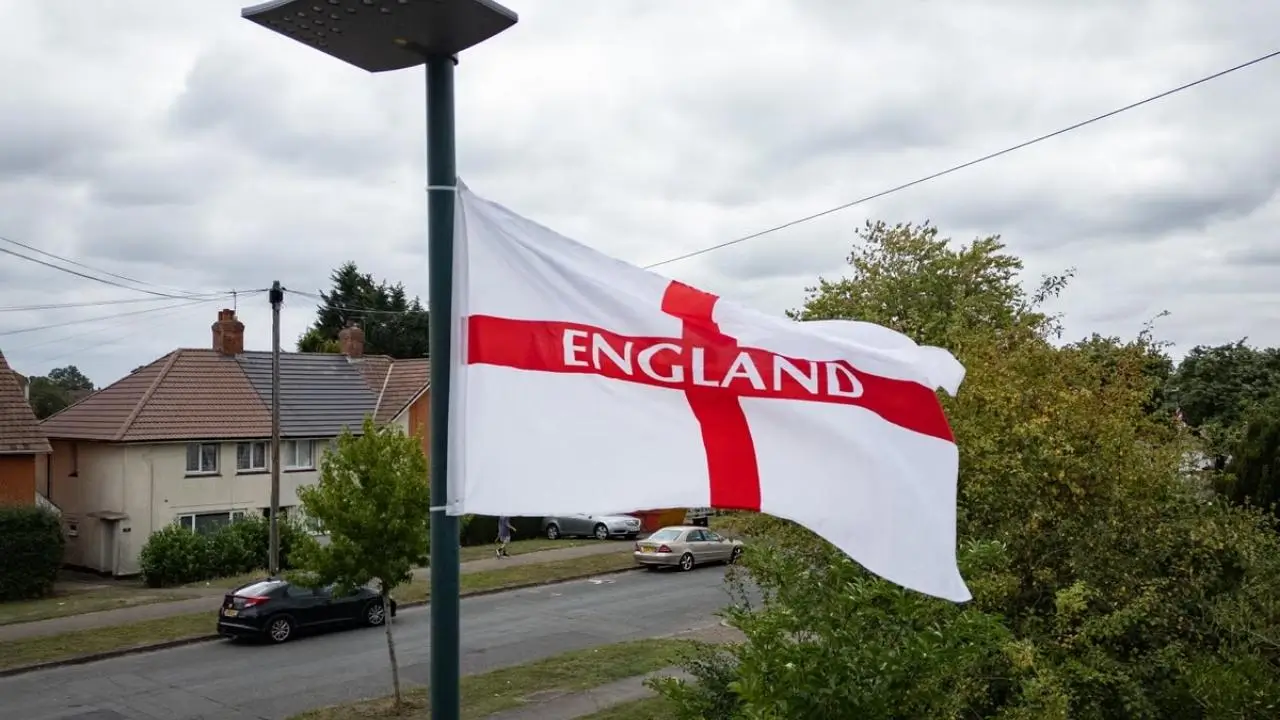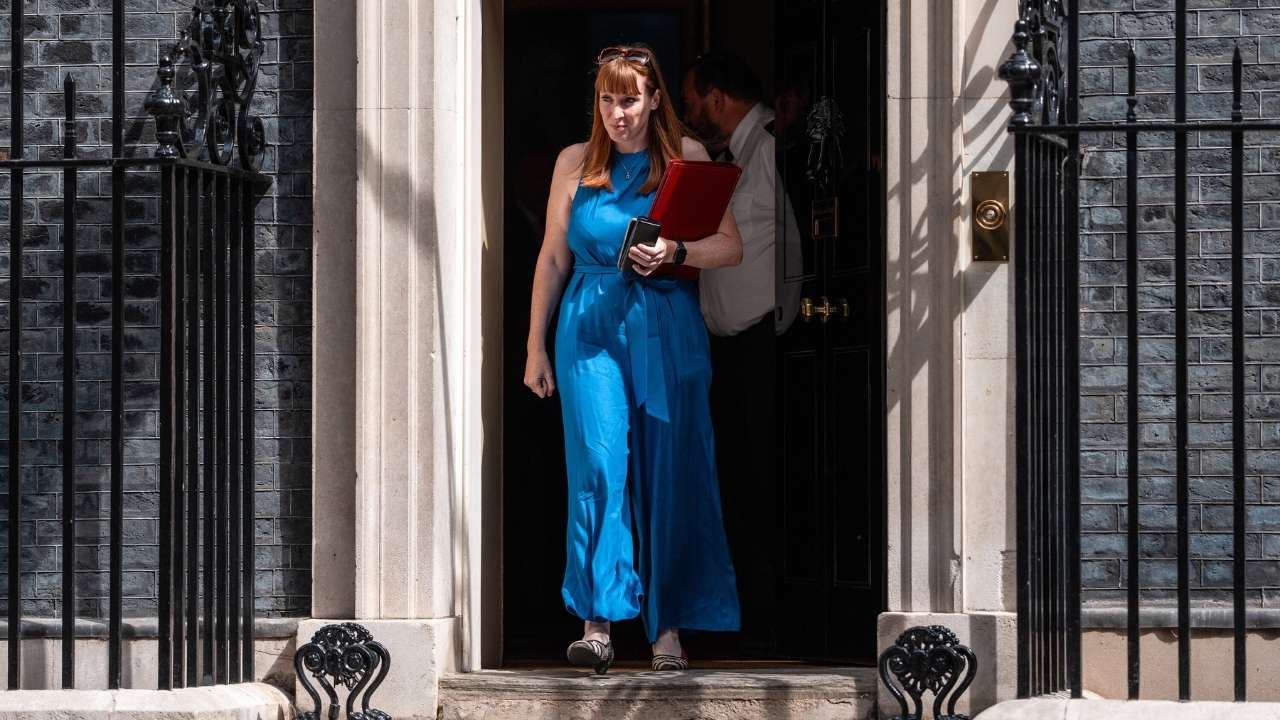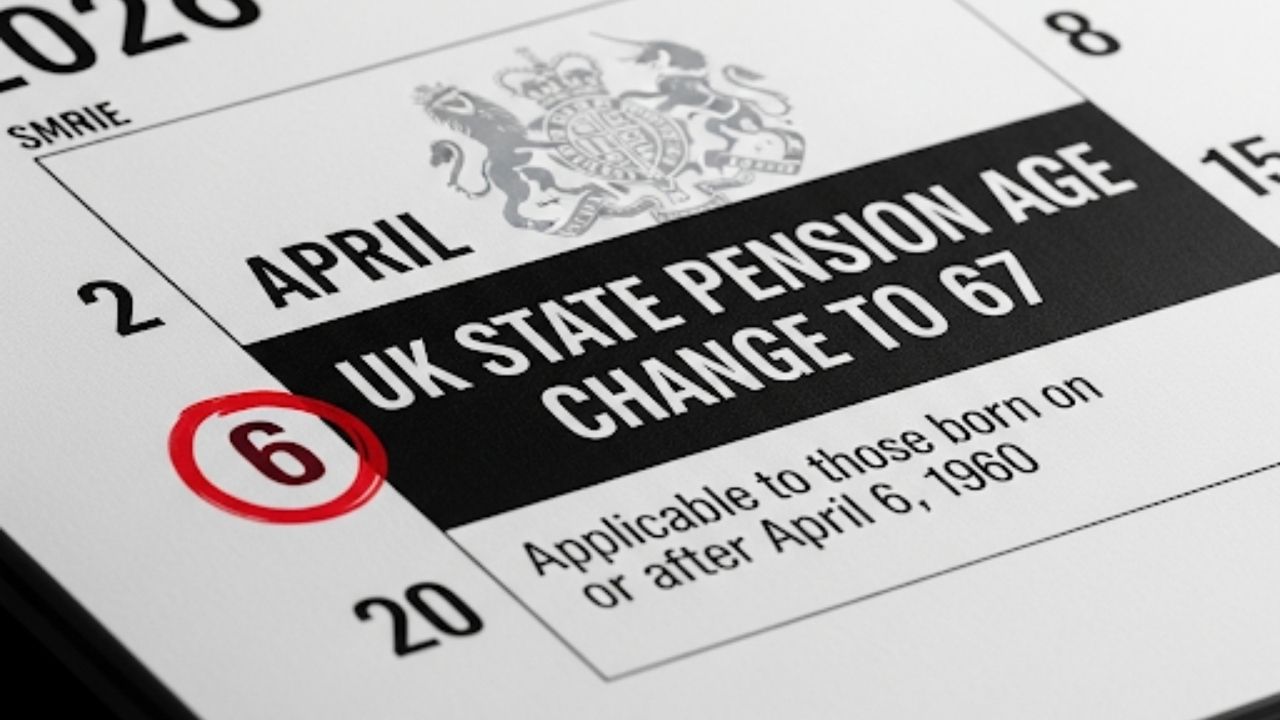As displays of national pride become common during sporting events and national days, many in England are unaware of a specific planning regulation concerning the flying of multiple St George’s flags. While government rules broadly permit flying the English national flag without permission, the regulations become stricter when more than one vertical flagpole is used on a property, often requiring formal consent from the local council.

St George’s Flags in the UK
For readers seeking a quick overview, the regulations concerning flag flying in England can be summarised as follows:
| Type of Display | Consent Required? | Key Condition |
| One or more national flags on a single vertical flagpole | No | The flagpole itself must be lawful. |
| A second or subsequent vertical flagpole | Yes | Requires an application for advertisement consent. |
| Flags flown from a projecting pole (angled from a wall) | No | Maximum size and number of flags apply. |
| Flags of any kind that create a safety hazard | N/A | Must be removed or rectified immediately. |
Understanding “Deemed Consent” in UK Flag Regulations
At the heart of the issue are the Town and Country Planning (Control of Advertisements) (England) Regulations, which were significantly relaxed in 2012. These rules grant a “deemed consent” for flying national flags, including the Union Flag, the St George’s Cross, and the flags of other UK nations, meaning they do not require specific advertisement consent from a local planning authority.
This change was intended to encourage expressions of national and local identity. According to official government guidance, any national flag can be flown provided it is maintained in a safe condition and does not obscure official road, rail, or waterway signs.
“The government has actively encouraged the flying of flags as a symbol of national and civic pride,” said Graham Bartram, Chief Vexillologist at the Flag Institute, the UK’s national flag charity. “The 2012 relaxations made it much simpler for individuals and organisations to display flags like the St George’s Cross without navigating burdensome bureaucracy.”
However, this deemed consent primarily applies to the flags themselves, not necessarily to the structures on which they are flown.

The Crucial Detail: The Second Flagpole
The key, and often overlooked, detail in the UK flag regulations is the distinction between flying multiple flags on one pole versus erecting multiple flagpoles. The official government guide, “Flying flags: a plain English guide,” explicitly states that while you can fly one or more national flags on a single vertical flagpole, consent is required for a second or subsequent flagpole.
This means a homeowner, business, or public body wishing to erect a second vertical flagpole to fly another St George’s Cross or any other flag would likely need to apply for advertisement consent.
Why the Rule Exists
Planning experts state that this regulation is rooted in controlling visual clutter and the potential for flags to be used for advertising purposes. Local authorities retain control over the number of flagpoles to manage the visual amenity of an area.
“The control over multiple flagpoles is less about the content of the flag and more about its physical impact on the streetscape,” explained a spokesperson for the Local Government Association. “A row of flagpoles could be seen as a significant visual intrusion or a form of de facto advertising, which is why it falls under the advertisement regulations.”
The application process for a second flagpole involves the local council assessing factors such as the pole’s size, location, and overall impact on the local environment.
Broader Context and National Identity
The rules are designed to strike a balance between allowing freedom of expression and maintaining local character. While a dispute over a second flagpole for a national flag is rare, local councils have the authority to enforce these rules if a complaint is made or if a new installation is built without consent.
These regulations apply specifically in England. Scotland, Wales, and Northern Ireland have their own devolved planning laws, which may differ in their treatment of flags and flagpoles.
The focus remains on encouraging flag flying within a clear framework. The guidance from the Department for Levelling Up, Housing and Communities continues to affirm that “the flying of flags is a legitimate way for people to express their allegiance and pride.” The key for those wishing to display their patriotism is to understand that the rules often pertain to the pole, not the flag itself.
UK Cost of Living Payments 2025: How to Automatically Get Up to £500
UK State Pension at 60? The New Campaign That’s Shaking Up Retirement Rules
Millions of UK Drivers Could Receive £950 Payouts as Car Finance Mis-selling
FAQs
1. Can I fly two St George’s flags on a single flagpole?
Yes. Under the current regulations in England, you can fly more than one flag on a single vertical flagpole without needing consent, provided all flags are legal and the pole is a lawful structure.
2. Do these regulations apply throughout the entire UK?
No. The Town and Country Planning (Control of Advertisements) (England) Regulations 2007 and their subsequent amendments apply only in England. Scotland, Wales, and Northern Ireland have separate planning systems and flag-flying guidance.
3. What happens if I erect a second flagpole without permission?
If a second flagpole is erected without the necessary advertisement consent, the local planning authority can take enforcement action, which could result in a notice requiring its removal.





